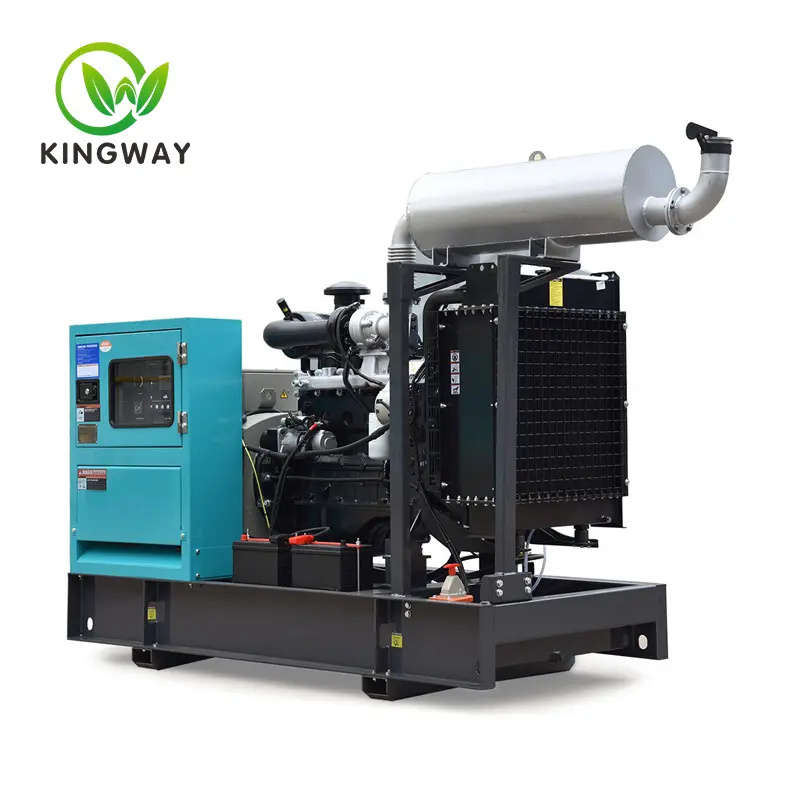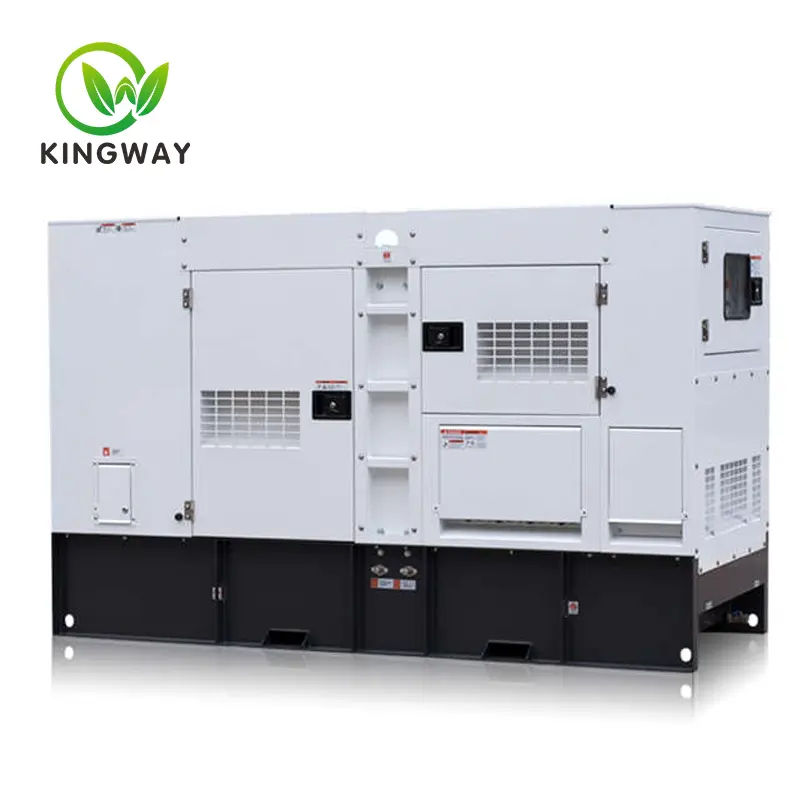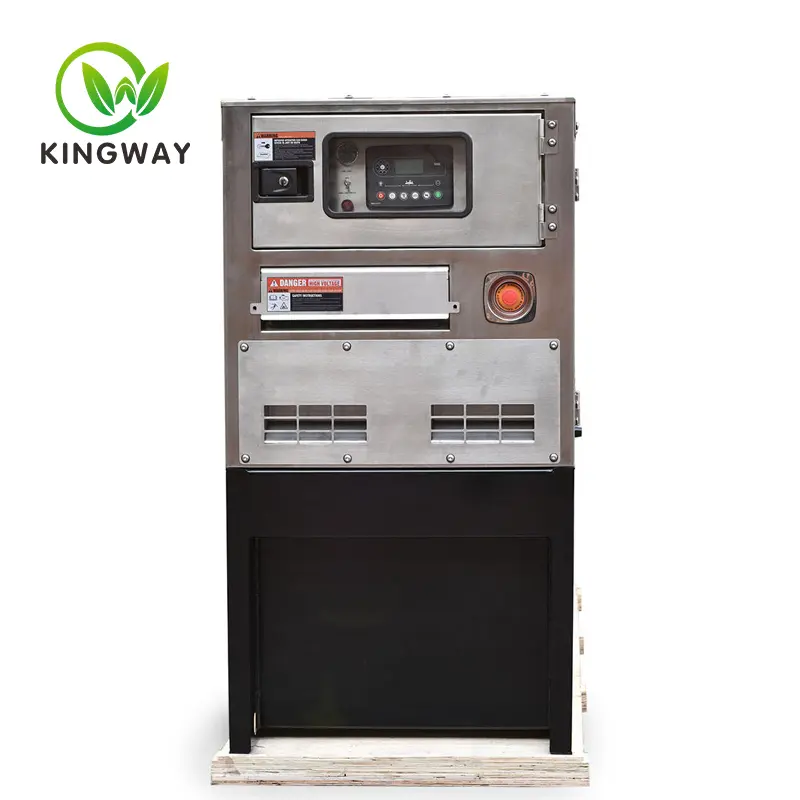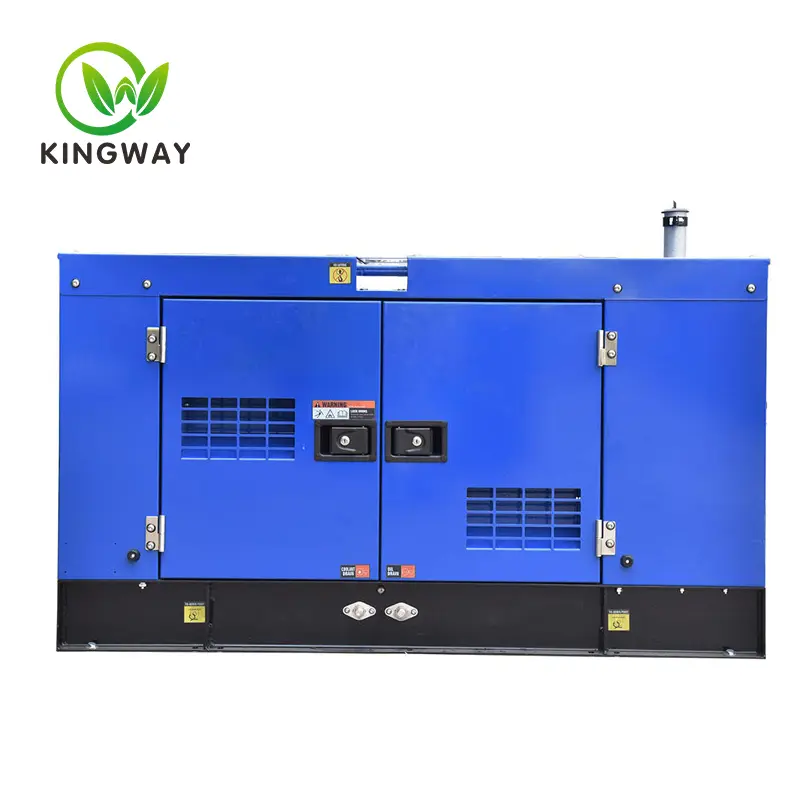How does the mobile solar lighting lighthouse complete energy storage
A solar lighting lighthouse is a device that uses solar energy to generate electricity and converts it into light energy. The energy storage system of the solar lighting lighthouse plays a vital role. It can provide continuous power supply to the lighting lighthouse at night or on cloudy days.

There are mainly the following methods for energy storage in solar lighting lighthouses: battery energy storage, hydrogen storage technology and thermal storage technology. Different energy storage methods have their own advantages and applicable environments, which are introduced in detail below.
Battery energy storage is currently a widely used energy storage technology. Solar panels convert solar energy into electrical energy, which is then sent through wires to batteries for storage. Batteries can store large amounts of electrical energy and release it when needed to light the beacon. Therefore, battery energy storage can ensure that the lighting tower can work normally at night or on cloudy days. This energy storage method is simple, feasible and low-cost, and is suitable for use in lighthouses.
Hydrogen storage technology is a new energy storage technology developed in recent years, which converts solar energy into hydrogen energy. Solar photovoltaic panels convert solar energy into electricity and then split water into hydrogen and oxygen through electrolysis of water. The hydrogen is stored and, when needed, converted into electricity via a fuel cell to illuminate the lighthouse. Hydrogen storage technology has the characteristics of renewable nature and high energy density, which can provide long-term power supply. However, the investment and cost of hydrogen storage technology are high and the scope of application is narrow.

Thermal storage technology uses solar energy to convert light energy into heat energy and stores it for use in lighting lighthouses. This technology mainly includes two methods: hot heat storage and cold heat storage. Thermal storage converts solar energy into thermal energy through solar photovoltaic panels, and then stores the thermal energy. When it is night or cloudy, the thermal energy can be converted into electrical energy through a heat exchanger for lighting the lighthouse. Cold and heat storage uses solar energy to convert light energy into cold energy, and stores the cold energy for use in lighting lighthouses. Thermal storage technology has the advantages of high energy storage efficiency and environmental protection, but it has high requirements for thermal storage materials and systems, and the cost is relatively high.
In addition to the above three main energy storage methods, solar lighting lighthouses can also use other auxiliary energy storage technologies to increase energy storage capacity. For example, supercapacitors can be used as auxiliary energy storage devices to provide additional energy and smooth power output during conversion.

In general, the energy storage system of a solar lighting lighthouse is an important component to ensure its continued operation. Battery energy storage is currently the most widely used and lowest-cost method, and is suitable for most scenarios that require lighting at night or on cloudy days. Hydrogen storage technology and heat storage technology are new energy storage technologies with great potential and can be further promoted and applied in future development. At the same time, the introduction of auxiliary energy storage technology can further increase energy storage capacity and ensure that solar lighting lighthouses can continue to work stably.











